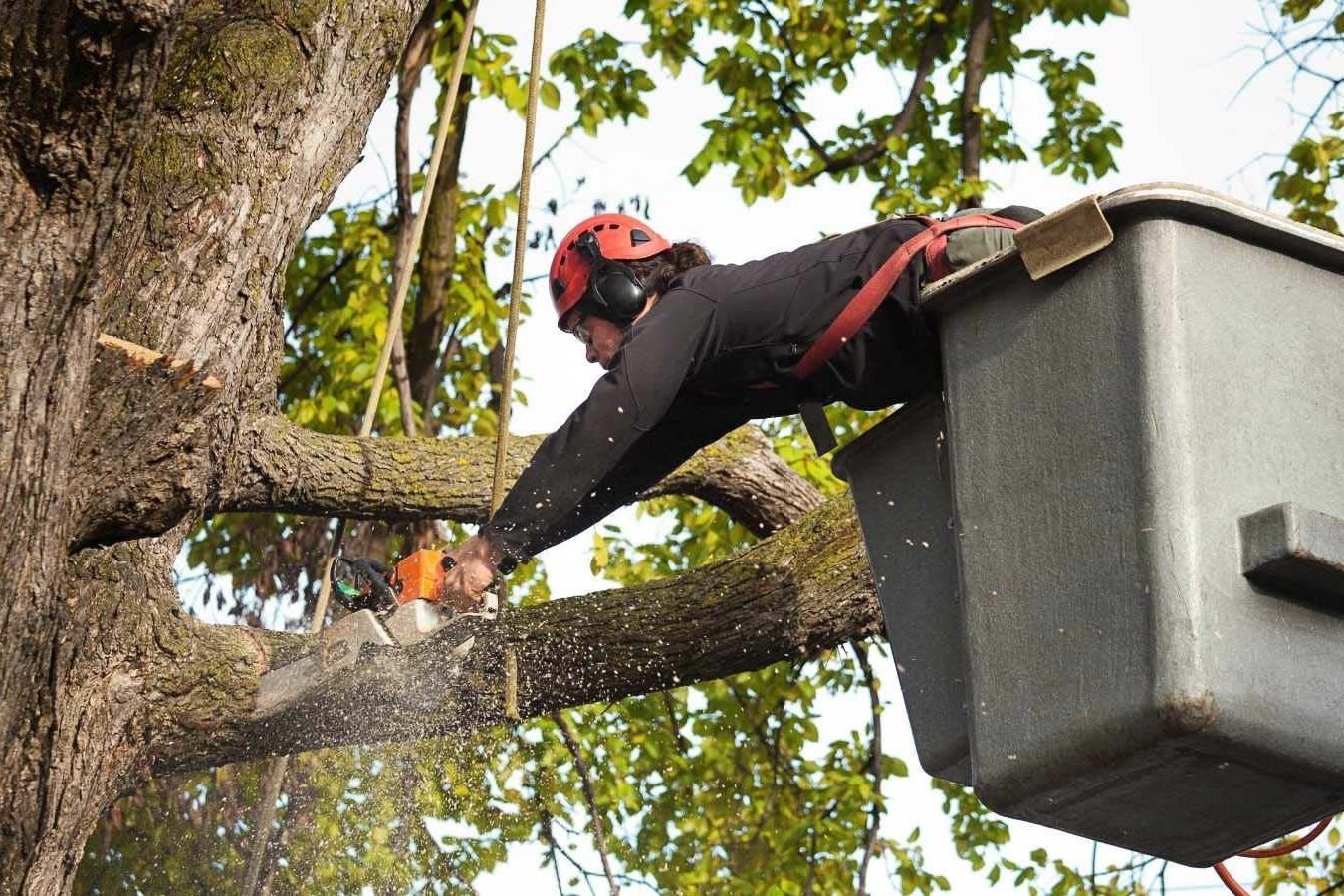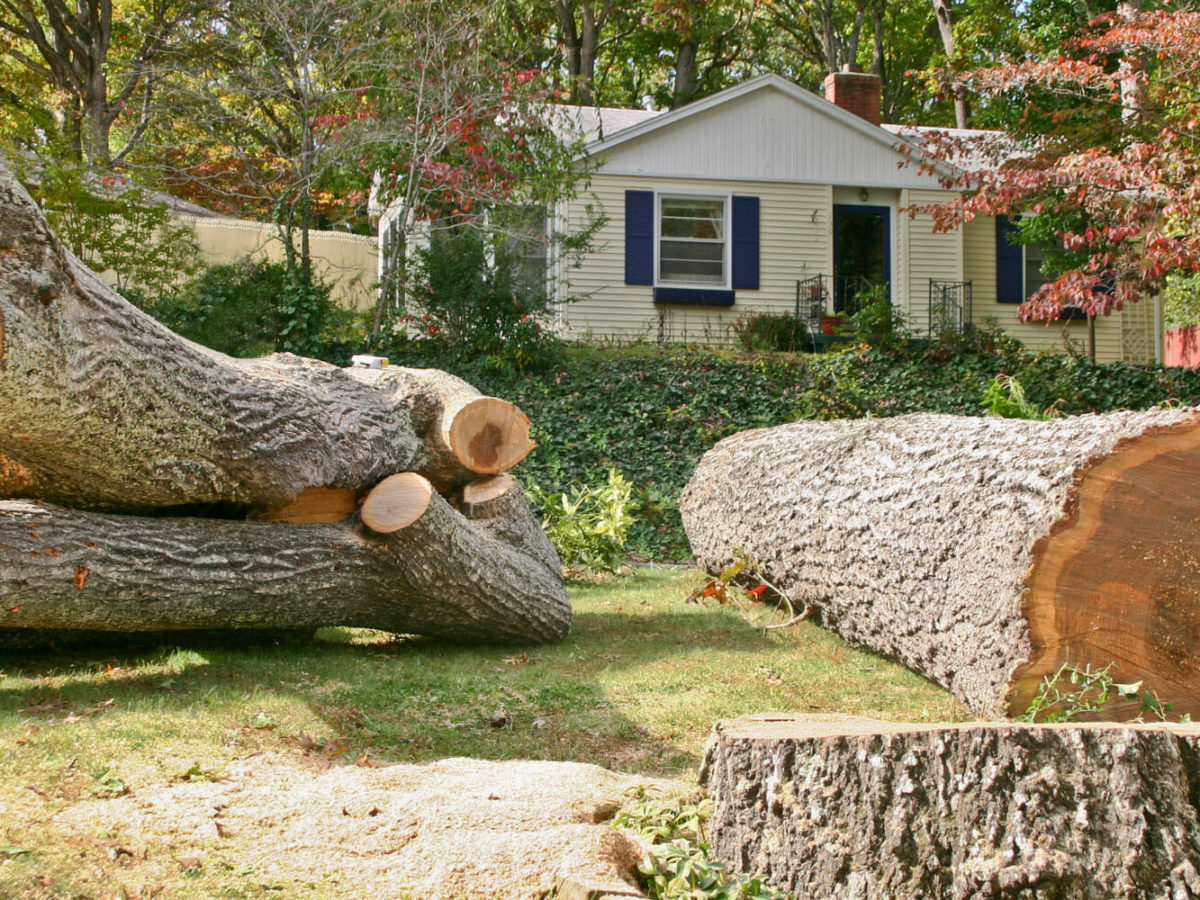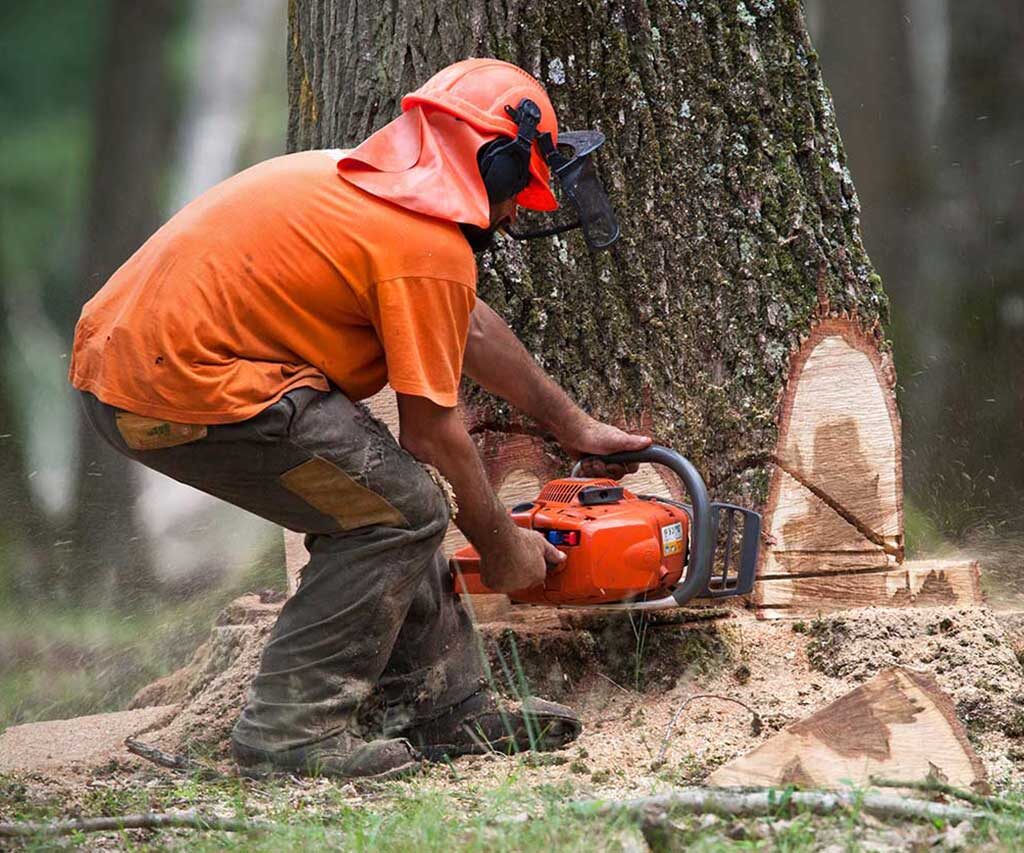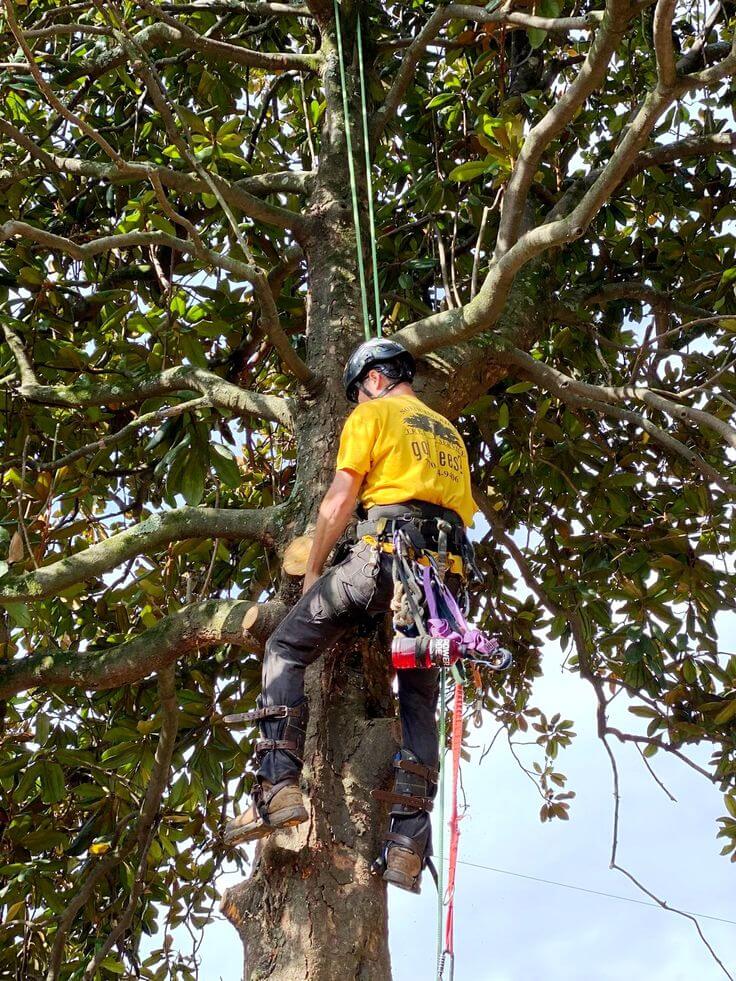Cut Trees Near Me: Understanding the Process, Permits, and Best Practices
Trees play a vital role in our ecosystem, offering oxygen, shelter, and living spaces for various wildlife. However, there are times when cutting down a tree becomes necessary due to safety concerns or property requirements. This article covers everything you need to know about the process, regulations, and best practices for tree removal near you.
Understanding When Tree Cutting is Necessary
Knowing when and why to cut a tree is essential. Some reasons might be clear, like safety hazards or diseases that affect the tree’s health, but in some cases, it may be for construction or aesthetic improvements. Let’s look at these scenarios in detail.
Safety Concerns with Dead or Diseased Trees
Dead or dying trees pose a risk as they can easily fall during storms or high winds. Diseased trees can also become structurally weak, making them dangerous if located near buildings or pathways.
Reasons for Tree Removal (Construction, Aesthetic Purposes, etc.)
Sometimes, trees may need to be removed for construction projects or to improve property aesthetics. In these cases, the decision is often practical but should still be approached responsibly.

Legal Aspects of Tree Cutting
Most areas have regulations around tree cutting to ensure trees are not removed recklessly, impacting the local environment.
The Importance of Obtaining Permits
Permits are often required to prevent unnecessary deforestation and preserve the environmental balance. It’s essential to check with your local municipality before proceeding.
Local Regulations on Tree Cutting Near You
Different areas have various laws governing tree removal. Some places may require a permit only if the tree is above a certain size, while others mandate it for any tree removal.
Types of Permits and When They’re Required
Understanding what kind of permit applies to your situation can help avoid legal trouble.
Residential vs. Commercial Permits
Residential tree cutting permits tend to be more lenient, while commercial projects may need extensive documentation due to their larger impact on the environment.
Emergency Permits for Immediate Tree Removal
In cases where a tree is an imminent hazard, some areas offer emergency permits that expedite the process.
Identifying the Right Tree-Cutting Professionals
Professional tree-cutting services ensure safe and efficient removal.
Importance of Hiring Certified Arborists
Certified arborists are trained to assess and safely remove trees while minimizing environmental impact. They can also advise on whether removal is necessary.
How to Find Reputable Tree Services Near You
Look for companies with good reviews, proper licensing, and insurance to cover any potential damages.
Cost Factors for Tree Removal Services
Costs can vary based on various factors, such as tree size, type, and the complexity of the removal.
Average Costs Based on Tree Size and Type
Large trees typically cost more due to the equipment and labor required. Smaller trees might be more affordable, but prices can still vary.
Additional Costs (Stump Grinding, Disposal Fees, etc.)
Stump removal, debris disposal, and specialized equipment can add to the cost, so be sure to get a full estimate.
Environmental Impacts of Cutting Trees
Removing a tree has both immediate and long-term impacts on the local ecosystem.
Effects on Local Wildlife and Ecosystems
Trees serve as homes for various animals. Removing a tree may disrupt local wildlife, especially if the tree was part of a larger ecosystem.
Potential Soil Erosion and Loss of Shade
Without tree roots holding soil in place, erosion can occur, and removing shade can increase temperatures in certain areas.
Alternatives to Cutting Down Trees
If removing the tree is not absolutely necessary, alternatives like pruning may be considered.
Pruning or Trimming Options
Trimming the tree can resolve issues with overgrowth while preserving the tree itself. This option is less disruptive and often cheaper.
Tree Relocation for Small to Medium Trees
For smaller trees, relocation can be an option. While more expensive than trimming, it maintains the tree and its benefits.
Tree Cutting Safety Precautions
Safety should be a priority when removing a tree, as it involves several hazards.
Safety Gear and Equipment Needed
Professionals use specialized equipment to prevent accidents. Proper safety gear includes helmets, gloves, and protective clothing.
Steps to Ensure Safety for Nearby Structures and People
Before cutting, evaluate the tree’s position relative to structures and plan accordingly.
Check with Local Authorities for Permit Requirements
Verify what permits are needed and obtain them to avoid penalties.
Survey the Tree’s Health and Position
Assessing the tree’s health can determine if cutting is the best option. With the right care, certain trees have the potential to bounce back.
DIY Tree Cutting: Is it Safe and Feasible?
While some may consider DIY tree removal, it is not always the safest or most practical choice.
Risks Involved and When to Avoid DIY
Removing large or hard-to-reach trees requires expertise. For your safety, professional help is recommended.
How to Dispose of Tree Debris Responsibly
After removal, disposing of tree debris properly is essential.

Recycling Options for Tree Waste
Some facilities recycle tree debris into mulch or other products, offering an eco-friendly disposal option.
Replanting and Restoring After Tree Removal
Replanting helps restore the environment after tree removal.
The Benefits of Planting New Trees
Replacing a cut tree supports the environment by offering shade, oxygen, and habitats for wildlife.
Choosing the Right Time of Year for Tree Cutting
Timing affects the ease and success of tree removal.
Ideal Seasons for Tree Removal
Fall or winter are often the best times, as trees are dormant, reducing the impact on local wildlife.
How Weather Conditions Impact Tree-Cutting Success
Rain, wind, and storms can make tree cutting dangerous. Plan for stable weather conditions.
Conclusion
Removing a tree is a significant decision that requires careful planning and consideration. By understanding the process, legal requirements, and potential environmental impacts, you can approach tree removal responsibly and safely. Remember, trees play a crucial role in our environment, so replanting and seeking alternatives to cutting down trees can be valuable.

